
(Beyond Pesticides, March 27, 2020)Â Faced with the COVID-19 (coronavirus) threat, there is tremendous pressure to use toxic disinfectants, despite the availability of safer products. In fact, while the Centers for Disease Control and Prevention (CDC) is recommending 70% alcohol for surface disinfection, the U.S. Environmental Protection Agencyâs (EPA) Office of Pesticide Programs is advising the use of unnecessarily toxic substances, and reducing standards that govern their allowance on the market. EPAâs pesticide program allowed 70 new disinfectants yesterday, at the same time that the agency overall announced that it is waiving enforcement of environmental standards during the coronavirus outbreakâa devastating blow to public health and environmental protection.
Beyond Pesticides, in its factsheet, Protecting Yourself from COVID-19 (coronavirus) without Toxic Sanitizers and Disinfectants, says, âFight the coronavirus with common sense prevention and safer disinfection products. Avoid products that increase vulnerability to respiratory problems.â (See the factsheet below.)
To some extent, the expanded allowance of disinfection products on top of the 281 disinfectants previously permitted has been made possible by relaxing oversight on so-called “inert” or other ingredients that are not disclosed on product labels and often highly toxic. The agency says it is allowing the use of these âinertsâ with “no significant differences” compared to already-approved ingredients. Since inerts are not disclosed to the public and subject to limited EPA oversight, identifying potential contaminants or hazardous byproducts is critical to determining product safety.
According to The Hill newspaper, âEPA issued a sweeping suspension of its enforcement of environmental laws Thursday [March 26], telling companies they would not need to meet environmental standards during the coronavirus outbreak.â Specific to surface disinfectants, EPA announced the following yesterday:
âToday, the U.S. Environmental Protection Agency (EPA) took steps to provide additional flexibilities to manufacturers of disinfectants and other pesticides. EPA intends for these flexibilities to increase the availability of products for Americans to use against the novel coronavirus.â
EPA is responsible for regulating surface disinfectants, while the Food and Drug Administration regulates hand sanitizers. Without adequate regulations and given the availability of safer alternative disinfectants, people, as well as local and state governments, are urged to take protective action. See Beyond Pesticides factsheet.
___________
Protecting Yourself from COVID-19 (coronavirus) without Toxic Sanitizers and Disinfectants.
Fight the coronavirus with common sense prevention and safer disinfection products. Avoid products that increase vulnerability to respiratory problems.      Â
WHY THE CONCERN ABOUT TOXIC SANITIZERS AND DISINFECTION PRODUCTS
We have learned through the COVID-19 crisis that there are people who are more vulnerable to the effects of the virus. These are generally people who have a pre-existing condition or are of advanced age, who may have a weakened immune or respiratory system. With the management of viral and bacterial infections, it is always important that we do not exacerbate the risk to individuals in the process of avoiding or controlling the threat. In the case of COVID-19, we have measures of protectionâboth practices and productsâthat can protect us without using toxic products that increase risk factors.
PREVENTION
The good news is that toxic chemicals are not necessary to prevent exposure to COVID-19 and eliminate the virus. The Centers for Disease Control and Prevention (CDC) urges simple measures to prevent exposure:
- Avoid close contact with people who are sick.
- Avoid touching your eyes, nose, and mouth.
- Stay home when you are sick.
- Cover your cough or sneeze with a tissue, then throw the tissue in the trash.
 How it works: The best way to prevent any infectious disease transmission is to stay out of contact with those who have already contracted the disease.
HAND CLEANING AND SANITIZING
Eliminating the Virus on Hands
- Wash your hands often with soap and water for at least 20 seconds. If soap and water are not readily available, use an alcohol-based hand sanitizer with at least 60% alcohol. (See list of products below.) Always wash hands with soap and water if hands are visibly dirty.
How it works: Soap breaks down the virusâs fat membraneâand the infectious material falls apartâas long as you rub the soap on your hands for at least 20 seconds. Alcohol wipes with 60% alcohol do the same thing. These chemicals break down the virus by a similar process, by breaking down the lipid covering of the virus. [1]Â Â Â Â Â Â Â Â Â Â Â Â Â Â Â Â Â Â Â Â Â Â Â Â Â Â Â Â
Only products with active ingredients ethanol, isopropanol, or benzalkonium chloride can qualify as “hand sanitizers” according to the Food and Drug Administration (FDA). An alcohol-based hand sanitizer should contain at least 60% alcohol in order to be effective.[2] Glycerol or aloe as part of the remainder can help counter the drying effects of alcohol on the skin.
The Bad: Toxic Sanitizers
Avoid hand sanitizers containing benzalkonium chloride (BAC), which is a quaternary ammonium compound (or âquatâ). It is an irritant that can cause asthmatic reactions and adversely affect the respiratory system.[3],[4] BAC is also associated with changes in neurodevelopment,[5] selection for antibiotic resistance,[6] and provoking irritant and/or contact dermatitis.[7]
DISINFECTING SURFACES
Eliminating the Virus on Surfaces
- Clean and disinfect frequently touched objects and surfaces using regular household cleaning sprays or wipes that contain 70% alcohol. (See list of products below.)
Like handwashing with soap or wipes with 60% alcohol, the virus on surfaces can be detached and broken down with soap and alcohol. [8]
The Good: Natural-based substances tend to be safer, while still effective at eliminating the virus on surfaces. Look for products with the following active ingredients (* indicates listed by EPAâs Design for the Environment Program (DfE)[9]):
Citric acid*
Ethanol*
Isopropanol*
L-lactic acid*
Hydrogen peroxide*
Sodium bisulfate*
Thymol
The Bad: EPA has approved a long list of products[10] that will eliminate the COVID-19 virus on surfaces. The list includes products containing toxic chemicals, such as chlorine bleach, peroxyacetic acid, quaternary ammonium compounds or âquats,â sodium dichloro-s-triazinetrione, and hydrochloric acid. Exposure to these chemicals are associated with a long list of adverse effects, from asthma to cancer.[11],[12]
Avoid products containing:
Peroxyacetic acid (peracetic acid)[13]
Chlorine compounds (sodium hypochlorite, hypochlorous acid, sodium chlorite)
Sodium Dichloro-S-Triazinetrione
Quaternary Ammonium compounds (quats)
Phenolic compounds
Glycolic acid
Octanoic acid[14]
All of these ingredients are associated with harm to the respiratory system.[15],[16],[17],[18],[19],[20] In addition, some quats have been shown to cause mutations, lower fertility, and increase antibiotic resistance.[21] Phenolic compounds include a wide range of toxic chemicals, including cresols, hexachlorobenzene, and chlorophenols. Health effects from breathing or exposure to the skin include headaches, burning eyes, muscle tremors, skin burns, irregular heart beat, severe injury to heart, liver, kidneys, and lungs, cancer, and death.[22],[23]
STAY SAFE
It is important during public health emergencies involving infectious diseases to scrutinize practices and products very carefully so that hazards presented by the crisis are not elevated because of the unnecessary threat introduced with toxic chemical use.
References
[1] Pall Thordarson, 2020. The science of soap â hereâs how it kills the coronavirus. https://www.theguardian.com/commentisfree/2020/mar/12/science-soap-kills-coronavirus-alcohol-based-disinfectants. See also: https://www.youtube.com/watch?v=K2pMVimI2bw&feature=youtu.be.
[2] CDC Statement for Healthcare Personnel on Hand Hygiene during the Response to the International Emergence of COVID-19. https://www.cdc.gov/coronavirus/2019-ncov/infection-control/hcp-hand-sanitizer.html.
[3] https://prhe.ucsf.edu/sites/g/files/tkssra341/f/Fact%20Sheet_Information%20for%20Workers.pdf.
[4] Choi, H.Y., Lee, Y.H., Lim, C.H., Kim, Y.S., Lee, I.S., Jo, J.M., Lee, H.Y., Cha, H.G., Woo, H.J. and Seo, D.S., 2020. Assessment of respiratory and systemic toxicity of Benzalkonium chloride following a 14-day inhalation study in rats. Particle and Fibre Toxicology, 17(1), p.5. https://link.springer.com/article/10.1186/s12989-020-0339-8
[5] Herron, J.M., 2019. The Effects of Benzalkonium Chloride Disinfectants on Lipid Homeostasis and Neurodevelopment (Doctoral dissertation).
[6] Kim, M., Weigand, M.R., Oh, S., Hatt, J.K., Krishnan, R., Tezel, U., Pavlostathis, S.G. and Konstantinidis, K.T., 2018. Widely used benzalkonium chloride disinfectants can promote antibiotic resistance. Applied and environmental microbiology, 84(17), pp.e01201-18.
[7] Lachenmeier, D.W., 2016. Antiseptic Drugs and Disinfectants. In Side Effects of Drugs Annual (Vol. 38, pp. 211-216). Elsevier.
[8] Kampf, G., Todt, D., Pfaender, S. and Steinmann, E., 2020. Persistence of coronaviruses on inanimate surfaces and its inactivation with biocidal agents. Journal of Hospital Infection.
[9] https://www.epa.gov/pesticide-labels/design-environment-logo-antimicrobial-pesticide-products.
[10] https://www.epa.gov/pesticide-registration/list-n-disinfectants-use-against-sars-cov-2.
[11] https://prhe.ucsf.edu/sites/g/files/tkssra341/f/Fact%20Sheet_Information%20for%20Workers.pdf.
[12] Agency on Toxic Substances and Disease Registry, 2008. ToxFAQs for Chlorophenol. https://www.atsdr.cdc.gov/toxprofiles/tp107-c1.pdf.
[13] Peracetic acid is on EPAâs DfE list, but is considered to pose an asthma risk.
[14]Octanoic acid is listed on EPAâs Safer Chemical Ingredients List under surfactants, which are listed based on environmental toxicity and biodegradation. But it is corrosive to skin https://echa.europa.eu/registration-dossier/-/registered-dossier/15370/7/3/1.
[15] https://prhe.ucsf.edu/sites/g/files/tkssra341/f/Fact%20Sheet_Information%20for%20Workers.pdf.
[16] Holm, S.M., Leonard, V., Durrani, T. and Miller, M.D., 2019. Do we know how best to disinfect child care sites in the United States? A review of available disinfectant efficacy data and health risks of the major disinfectant classes. American journal of infection control, 47(1), pp.82-91.
[17] Agency on Toxic Substances and Disease Registry, 2008. ToxFAQs for Phenol. https://www.atsdr.cdc.gov/toxfaqs/TF.asp?id=147&tid=27.
[18] Weiselberg, R. and Nelson, L.S., 2011. A Toxic Swimming Pool Hazard. EMERGENCY MEDICINE. https://mdedge-files-live.s3.us-east-2.amazonaws.com/files/s3fs-public/Document/September-2017/043040019.pdf.
[19] Glycolic acid MSDS.
https://www.cdhfinechemical.com/images/product/msds/18_352140617_GlycolicAcid-CASNO-79-14-1-MSDS.pdf.
[20] European Chemicals Agency (ECHA), Octanoic Acid Registration Dossier. https://echa.europa.eu/registration-dossier/-/registered-dossier/15370/7/3/1
[21] Holm, S.M., Leonard, V., Durrani, T. and Miller, M.D., 2019. Do we know how best to disinfect child care sites in the United States? A review of available disinfectant efficacy data and health risks of the major disinfectant classes. American journal of infection control, 47(1), pp.82-91. https://www.ajicjournal.org/article/S0196-6553(18)30731-4/fulltext#sec0018.
[22] Agency on Toxic Substances and Disease Registry, 2008. ToxFAQs for Phenol. https://www.atsdr.cdc.gov/toxfaqs/TF.asp?id=147&tid=27
[23] Agency on Toxic Substances and Disease Registry, 2008. ToxFAQs for Chlorophenol. https://www.atsdr.cdc.gov/toxprofiles/tp107-c1.pdf.
All unattributed positions and opinions in this piece are those of Beyond Pesticides.
Source: The Hill, CDC, EPA
Â
Â
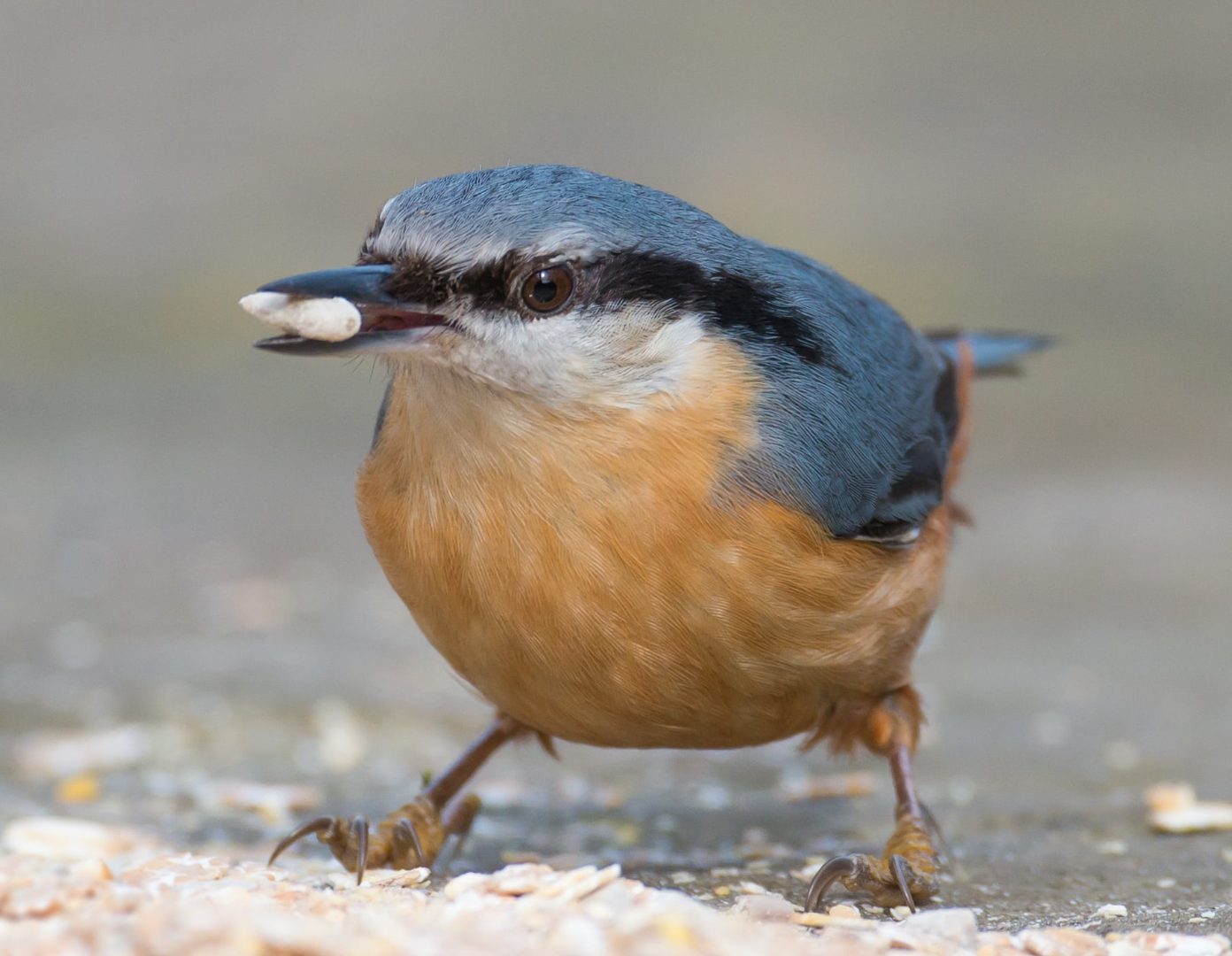 (Beyond Pesticides, April 16, 2020) Pesticide exposure in farmland birds is a concomitant of pesticide-treated muesli (cereal) seed commonly planted during winter months, according to research published in Science of the Total Environment by United Kingdom (UK) scientists. Not only do pesticide-treated seeds pose the highest dietary risk to birds, but pesticide-treated seeds also go underreported as farmers often lack knowledge of what pesticides are on the seeds they plant. This study emphasizes the global effects of treated seeds, and their corresponding pesticide exposure, on bird species. Future risk assessments for bird should address these implications when implementing agricultural pesticide policies.Â
(Beyond Pesticides, April 16, 2020) Pesticide exposure in farmland birds is a concomitant of pesticide-treated muesli (cereal) seed commonly planted during winter months, according to research published in Science of the Total Environment by United Kingdom (UK) scientists. Not only do pesticide-treated seeds pose the highest dietary risk to birds, but pesticide-treated seeds also go underreported as farmers often lack knowledge of what pesticides are on the seeds they plant. This study emphasizes the global effects of treated seeds, and their corresponding pesticide exposure, on bird species. Future risk assessments for bird should address these implications when implementing agricultural pesticide policies. 








 (Beyond Pesticides, April 15, 2020) Home pesticide use during pregnancy is associated with an increased risk of a child developing the kidney cancer nephroblastoma, or Wilmsâ tumor, according to
(Beyond Pesticides, April 15, 2020) Home pesticide use during pregnancy is associated with an increased risk of a child developing the kidney cancer nephroblastoma, or Wilmsâ tumor, according to 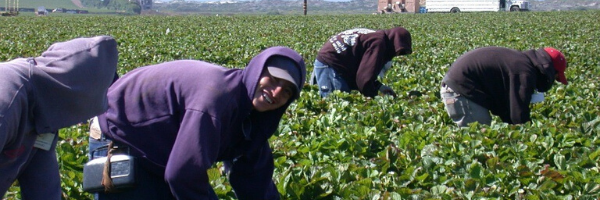 (Beyond Pesticides, April 14, 2020)Â An op-ed in theÂ
(Beyond Pesticides, April 14, 2020) An op-ed in the  (Beyond Pesticides, April 13, 2020) Since 1990, Congress has required an every-five-years review of its Dietary Guidelines â recommendations that are supposed, minimally, to promote public health and prevent chronic diseases. The next review and a draft updated iteration, the
(Beyond Pesticides, April 13, 2020)Â Since 1990, Congress has required an every-five-years review of its Dietary Guidelines â recommendations that are supposed, minimally, to promote public health and prevent chronic diseases. The next review and a draft updated iteration, the 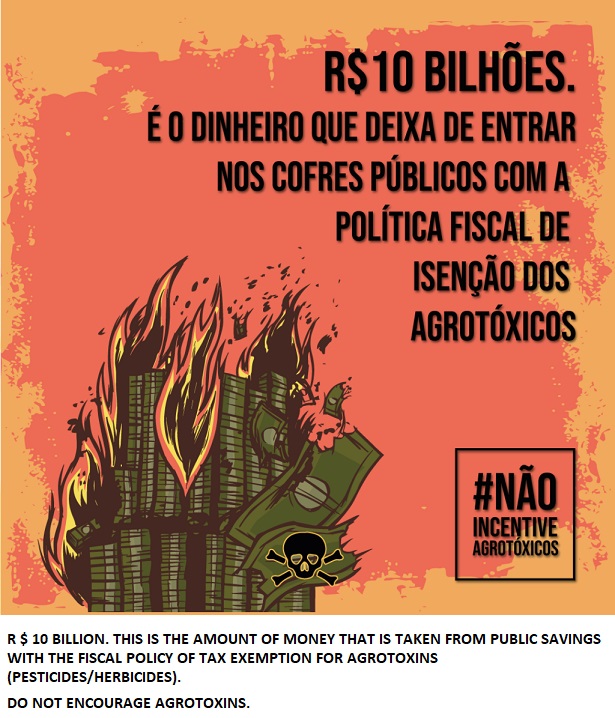 (Beyond Pesticides, April 9, 2020) Brazilian tax exemptions benefit the agrichemical industry to the tune of $2.2 billion USD annually, according to researchers from the Oswaldo Cruz foundation and the Federal Rural University of Rio de Janeiro. ABRASCO, the Brazilian Association of Collective Health, headed a new study which illuminates a tight relationship between Brazilian government and industry. Researchers additionally point to millions of dollars given from public resource funds to the companies. While industry lobby groups argue that toxic pesticides are necessary for development and food production, environmental and health advocates say the people of Brazil bear the brunt of toxic pesticide contamination while international companies profit.
(Beyond Pesticides, April 9, 2020) Brazilian tax exemptions benefit the agrichemical industry to the tune of $2.2 billion USD annually, according to researchers from the Oswaldo Cruz foundation and the Federal Rural University of Rio de Janeiro. ABRASCO, the Brazilian Association of Collective Health, headed a new study which illuminates a tight relationship between Brazilian government and industry. Researchers additionally point to millions of dollars given from public resource funds to the companies. While industry lobby groups argue that toxic pesticides are necessary for development and food production, environmental and health advocates say the people of Brazil bear the brunt of toxic pesticide contamination while international companies profit.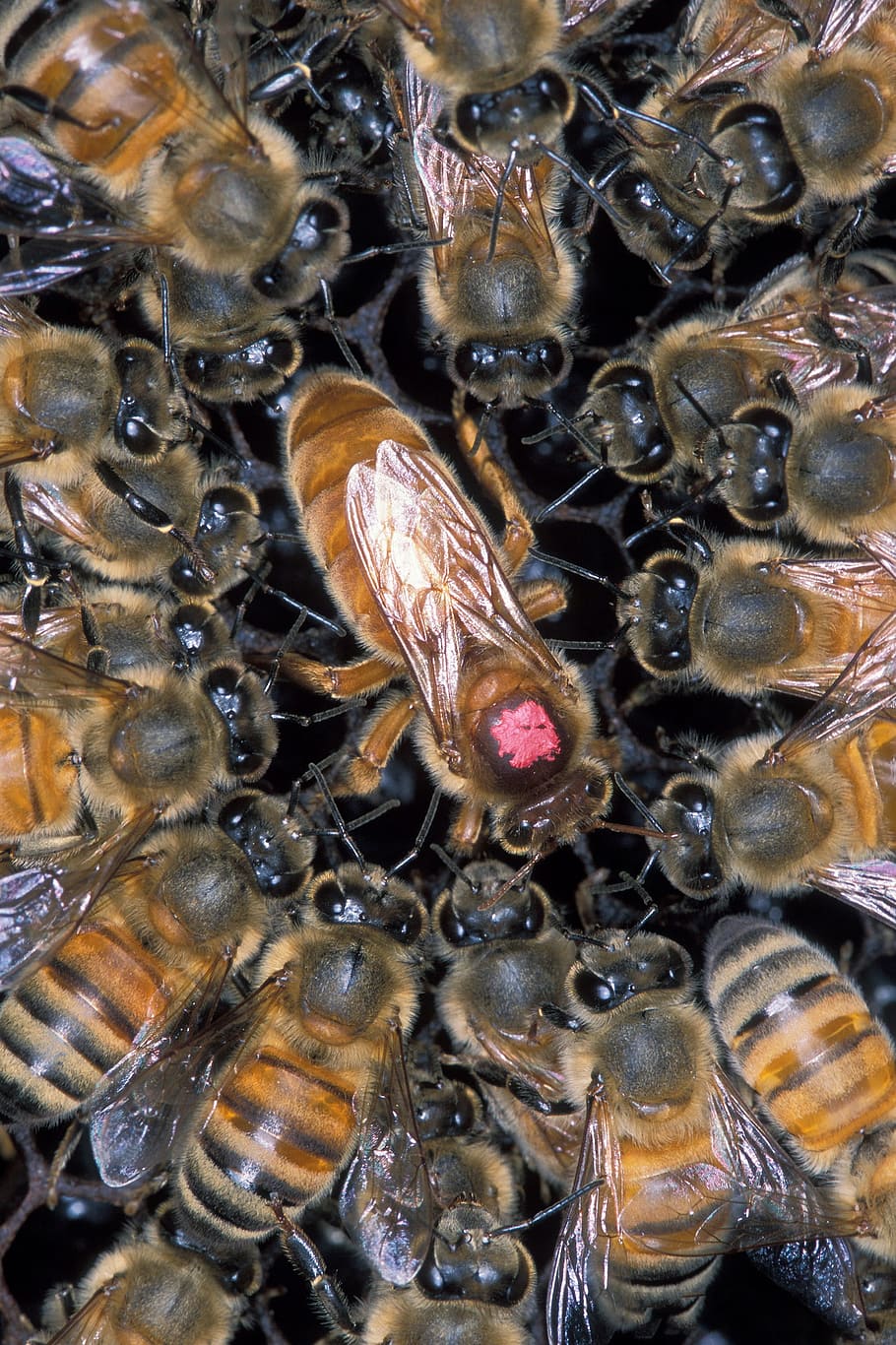 (Beyond Pesticides, April 9, 2020) Honey bees (Apis mellifera) remain in severe decline, with U.S. beekeepers losing
(Beyond Pesticides, April 9, 2020) Honey bees (Apis mellifera) remain in severe decline, with U.S. beekeepers losing 
 (Beyond Pesticides, April 7, 2020) Last week, the U.S. Environmental Protection Agency (EPA) registered a carcinogenic herbicide for new uses without following the required public notification and comment process, the
(Beyond Pesticides, April 7, 2020) Last week, the U.S. Environmental Protection Agency (EPA) registered a carcinogenic herbicide for new uses without following the required public notification and comment process, the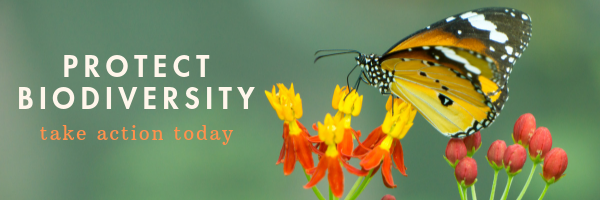
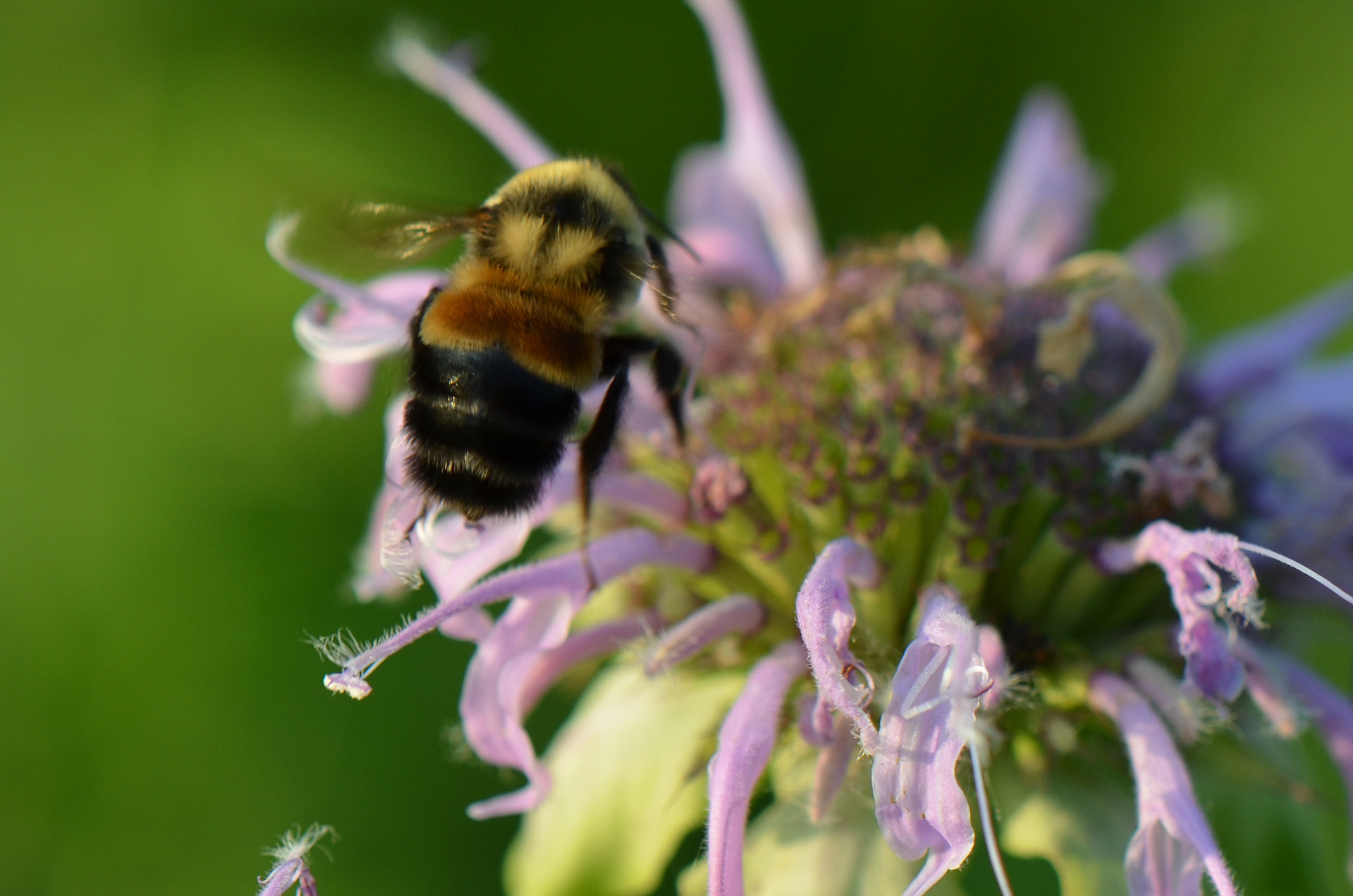
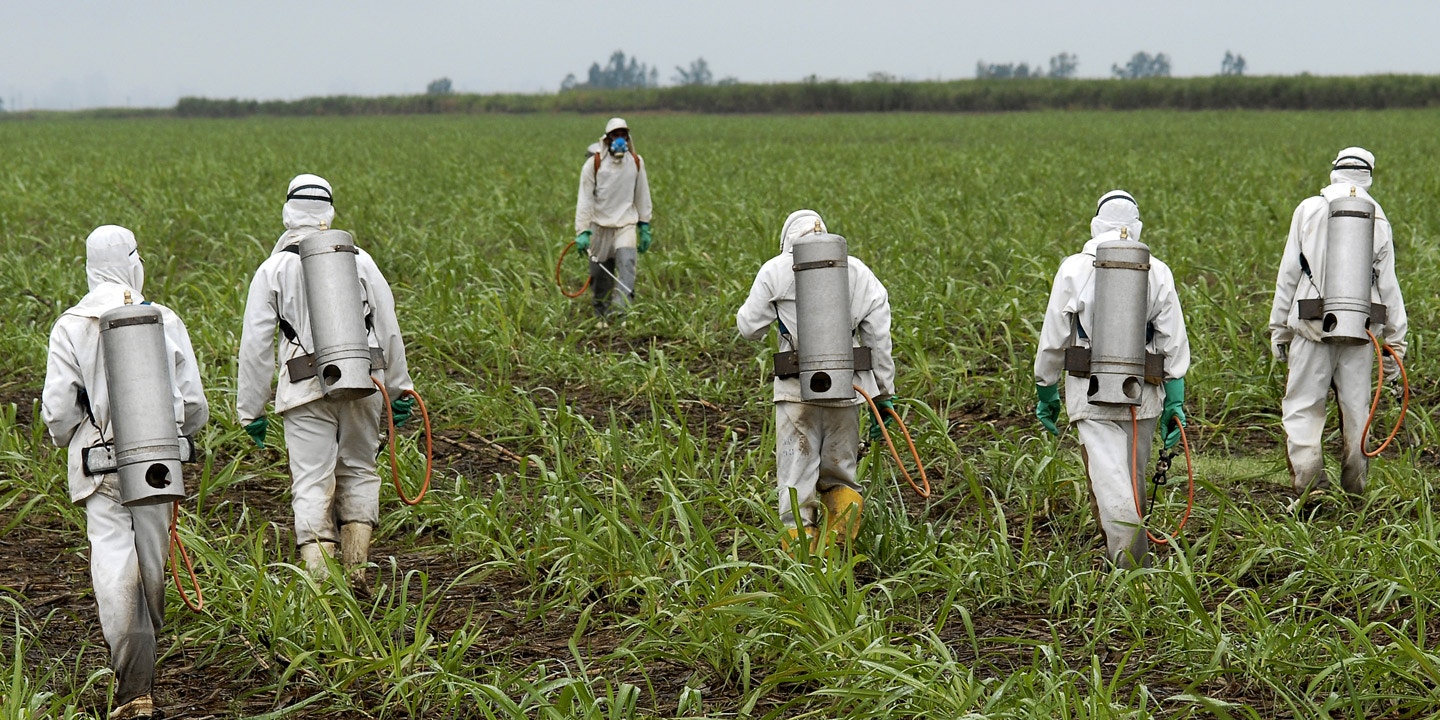 (Beyond Pesticides, April 2, 2020) As COVID-19 grips the U.S. and medical workers scramble for personal protective equipment (PPE), farmworkers charged with applying pesticides are facing potential shortages of the same protective masks, gloves, and Tyvek suits. Farmworkers are a frontline community to the compounding crises of pesticide poisoning and the coronavirus pandemic.
(Beyond Pesticides, April 2, 2020) As COVID-19 grips the U.S. and medical workers scramble for personal protective equipment (PPE), farmworkers charged with applying pesticides are facing potential shortages of the same protective masks, gloves, and Tyvek suits. Farmworkers are a frontline community to the compounding crises of pesticide poisoning and the coronavirus pandemic.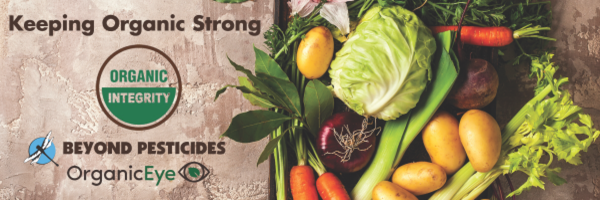

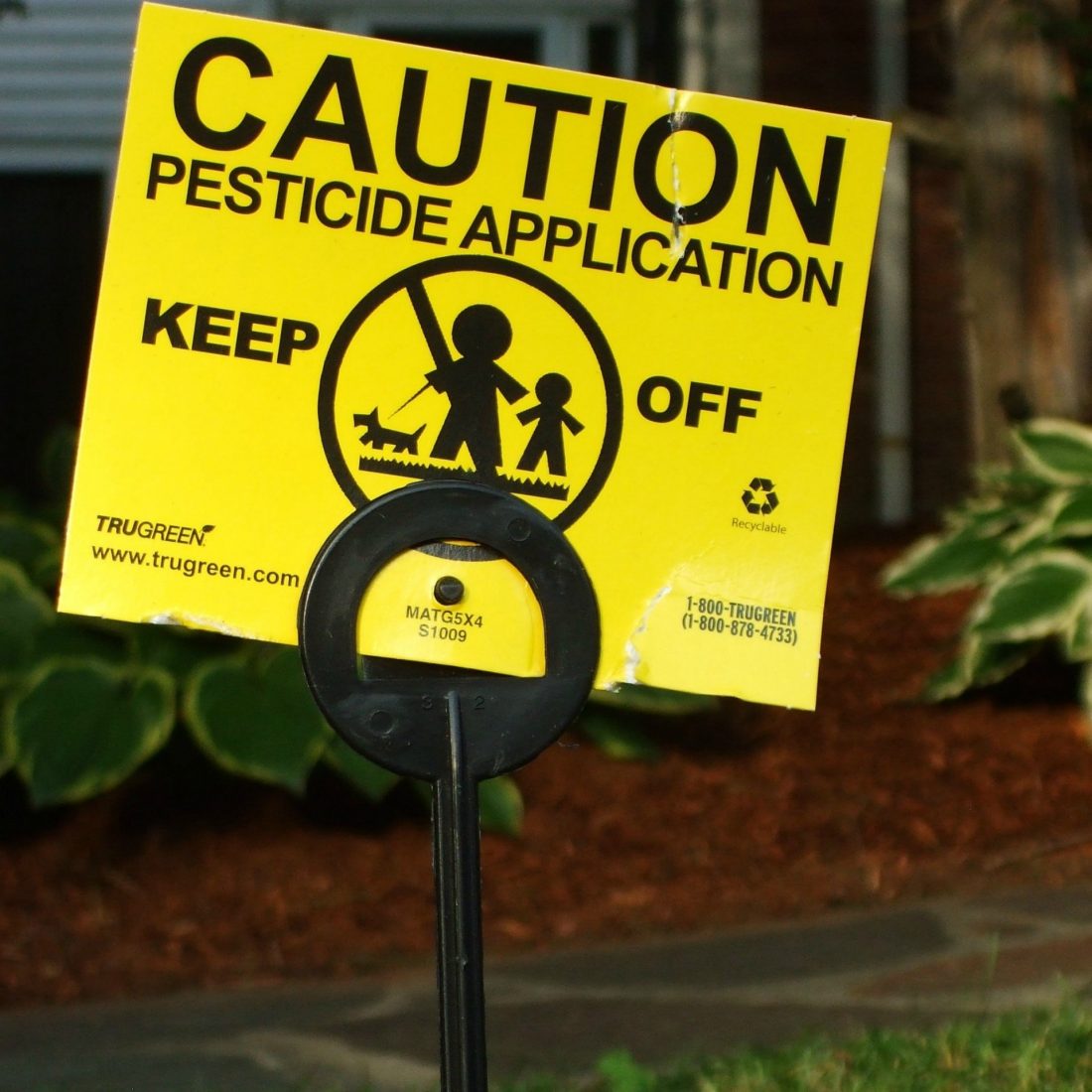 (Beyond Pesticides, March 30, 2020) Last week,
(Beyond Pesticides, March 30, 2020) Last week, 
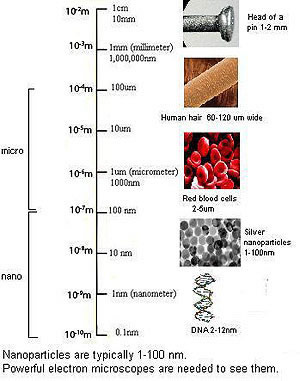 (
( (Beyond Pesticides, March 25, 2020) The Trump administrationâs U.S. Fish and Wildlife Service (USFWS) is moving forward with a proposal to grow genetically engineered crops (GECs) on national wildlife refuges in the
(Beyond Pesticides, March 25, 2020) The Trump administrationâs U.S. Fish and Wildlife Service (USFWS) is moving forward with a proposal to grow genetically engineered crops (GECs) on national wildlife refuges in the 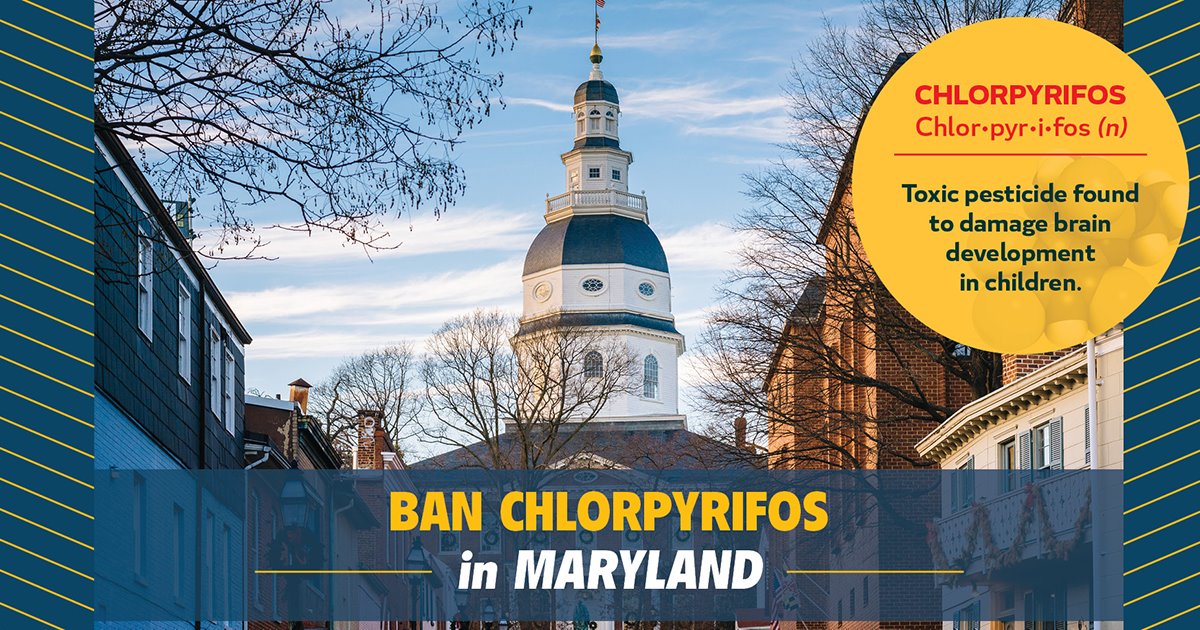
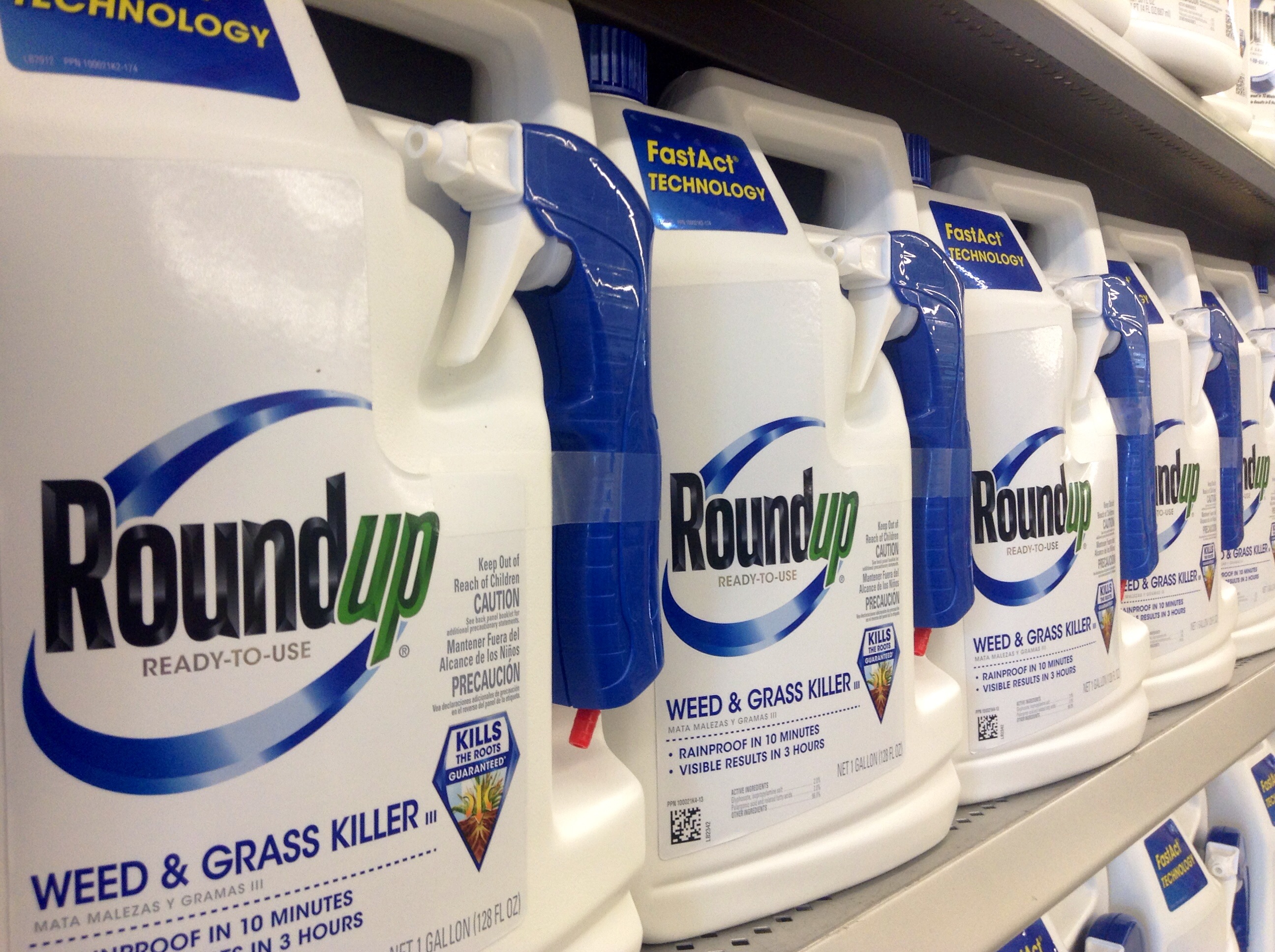 (Beyond Pesticides, March 23, 2020)Â Ignoring science to side with Monsanto/Bayer, EPA has repeatedly failed to assess glyphosateâs impacts on public health and endangered species.
(Beyond Pesticides, March 23, 2020)Â Ignoring science to side with Monsanto/Bayer, EPA has repeatedly failed to assess glyphosateâs impacts on public health and endangered species.
 (Beyond Pesticides, March 19, 2020) As communities across the U.S. brace for an unimaginable health crisis and difficult economic times in the wake of COVID-19, the Beyond Pesticides Hawaiâi team has linked arms with Mauiâs small farms and community organizations to make sure local farms have the support they need to feed communities and stay in business. The virus is causing shutdowns of everything from farmers markets to restaurants, but community organizers in Maui are making an effort to transform COVID-19 related challenges into a spring board for long-term increase in locally produced, organic foodâa sorely needed commodity in Hawaiâi.Â
(Beyond Pesticides, March 19, 2020) As communities across the U.S. brace for an unimaginable health crisis and difficult economic times in the wake of COVID-19, the Beyond Pesticides Hawaiâi team has linked arms with Mauiâs small farms and community organizations to make sure local farms have the support they need to feed communities and stay in business. The virus is causing shutdowns of everything from farmers markets to restaurants, but community organizers in Maui are making an effort to transform COVID-19 related challenges into a spring board for long-term increase in locally produced, organic foodâa sorely needed commodity in Hawaiâi. 


